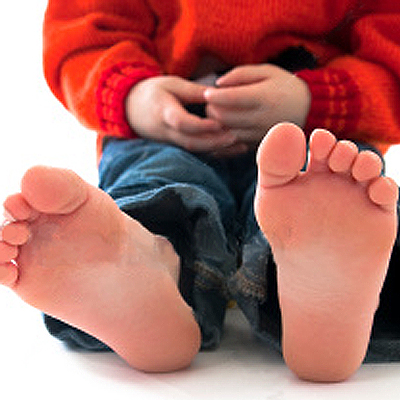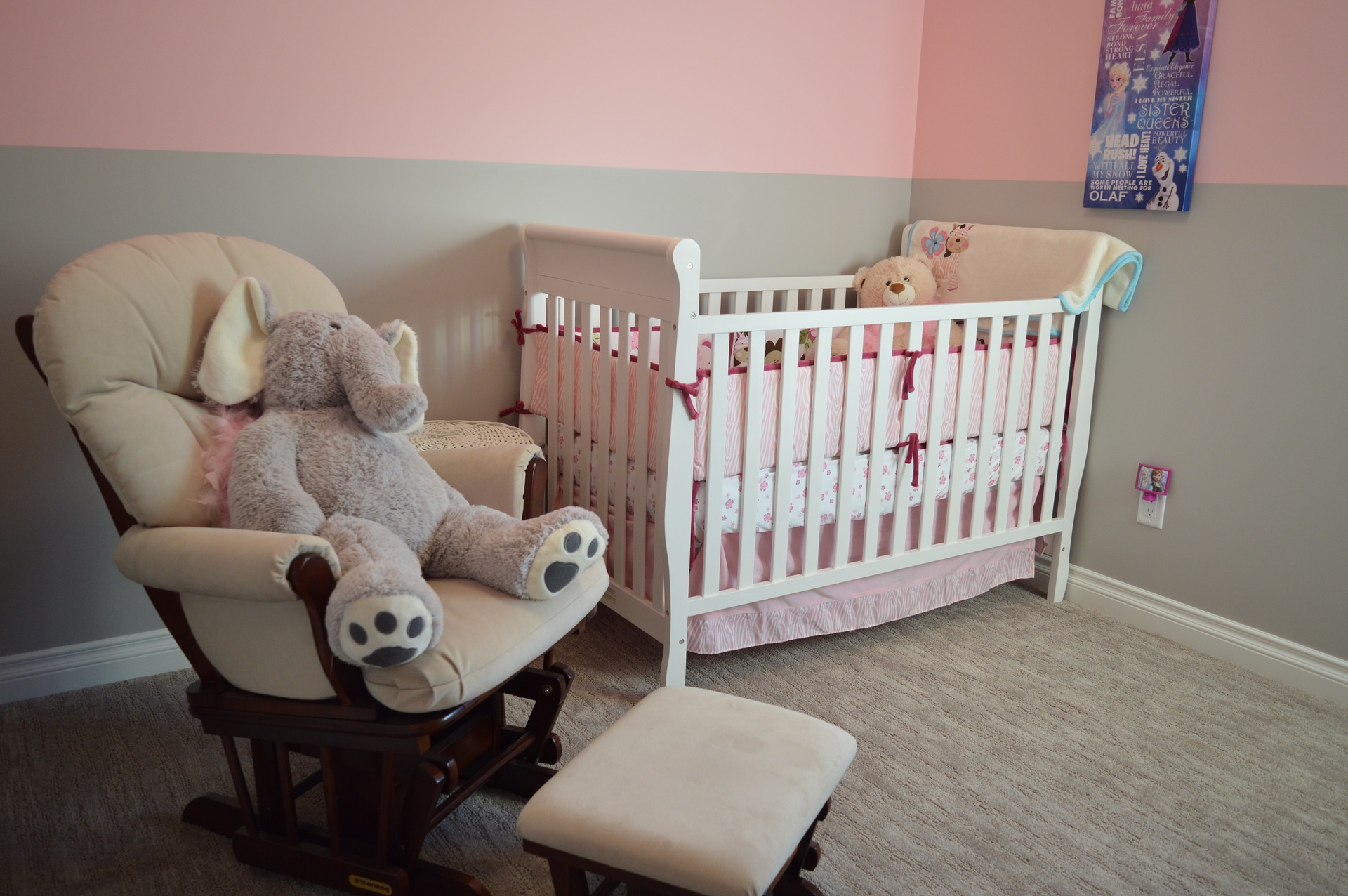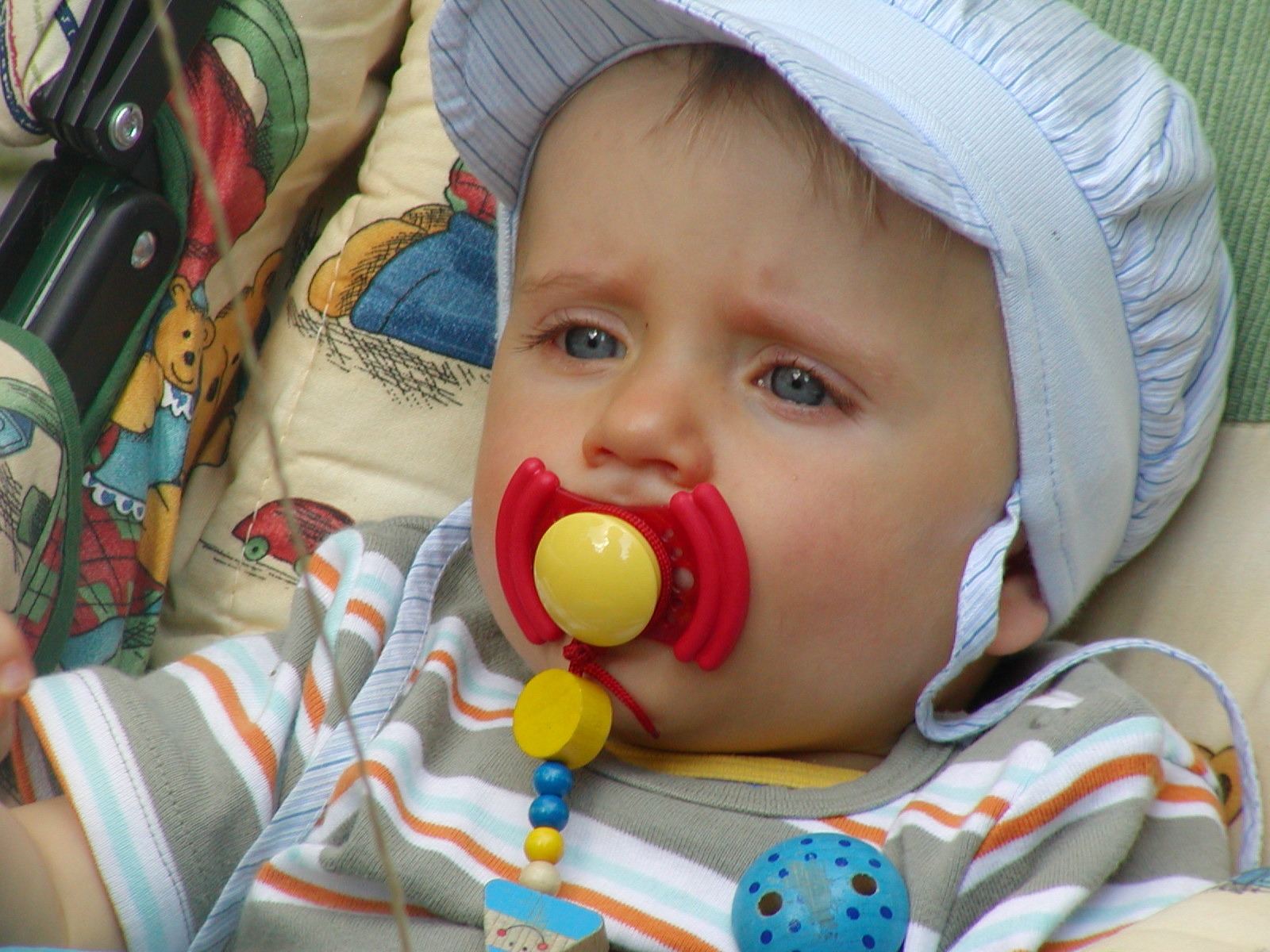The Top Ten Sleep Training Mistakes
What do the families who come into Sleep Clinic have in common? Almost all of them have tried sleep training and failed. There are some common sleep training mistakes that parents make. Knowing about them may make the difference between success and failure. Parents often feel guilty about sleep training. One of the reasons is that they have tried for a bit and then encountered severe resistance. This always makes me feel terrible– both the parent and the child have suffered without even fixing the problem. Many people think that sleep training exclusively implies a “cry it out” approach, which is technically referred to as extinction. When I say sleep training, I am thinking of a range of behavioral (non-medicine based) methods that parents and physicians may use to help children fall and stay asleep.
Here is my list of the top ten sleep training mistakes: 1.Developmentally inappropriate timing: Infants develop the ability to self soothe between 4-6 months of age. To be safe, I usually recommend starting around six months of age, but efforts in the 4-6 month window may be helpful. Before four months, just follow your child’s cues. Lately there have been some articles in the news about training younger infants but I don’t recommend this. 2.Not changing bedtime: A well structured bedtime is the key to success. Kids with irregular bedtimes continue to have poor sleep through childhood. Bedtime should be enjoyable, predictable, and last no more than 30 minutes. Additionally, moving bedtime later (called “bedtime fading”) can really help reduce crying. 3.Missing the true cause of the sleep difficulties: Patients with other sleep disorders (obstructive sleep apnea, restless leg syndrome, anxiety or severe nocturnal fears, asthma, pain, etc.) won’t necessarily respond to behavioral changes. It is very common for patients presenting to Sleep Clinic to have more than one sleep problem. If I find multiple sleep issues in a patient, I start with treating the non-behavioral sleep problems first before suggesting a behavioral plan. This is why you should discuss your child’s sleep issues with your pediatrician before starting. 4.Being inconsistent. This may be because one parent handles bedtime or awakenings differently than the other. If the parents are separated, there may be different rules in different homes. Sometimes, a working parent may have the child sleeping at a grandparents’ house until later. The most powerful form of conditioning is inconsistent positive reinforcement— like pulling the lever in a slot machine. If your child fusses nightly, and is brought into your bed some of the time, that is a very powerful message which validates the fussing. 5.Challenges in the sleep environment. Many families live in apartments where the neighbors complain if their child fusses. The child may share a room with a sibling, or live on a noisy street. Sleep training in an apartment may be challenging. If the child shares a room with a sibling, I may recommend that the other child be moved to the parents’ room or another room for a few days to facilitate training. 6.Not being ready. When people quit smoking, experts encourage them to have a “quit date” and not start until they are ready. If one parent is ambivalent, it is OK to wait. Also, defer starting until you can allow a few weeks for the new sleep pattern to be established. Don’t do it right before a vacation, or when house guests are staying, or right before your big presentation at work. 7.Moving your child into his or her room at the same time. If your child has never slept in his room successfully, he is going to have a real hard time if you move him into his room and start sleep training. You may need to move with your child into his room for a week until he is ready for you to start sleep training. This may occur especially in co-sleeping family. 8.The “Extinction Burst”– This is a behavioral term describing that an undesirable behavior worsens before it improves when you are trying to get rid of it. Many parents find a mild escalation in fussing and nocturnal awakenings on Day 2 of sleep waking and may give up at that point. Unfortunately, if they stuck with it for a day or two longer, the issue may have been resolved. Sleep training usually works in 3-7 days. People imagine that it will take weeks but it should not. If you are trying and you are stuck after this period of time, call your pediatrician. 9.Jumping out of the crib: Several years ago I received a frantic call from a friend. Their 18 month old had jumped out of the crib when fussing and had landed on her head. I happened to be nearby and went to check on her– she was fine. However, her parents elected to move her to a big girl bed and it took her issues awhile to resolve. If you are sleep training an older toddler, remove things from the crib like bumpers that they can climb. I used to recommend crib tents in this situation, but they were recalled by the FDA in May of 2012. 10.Switching to a bed prematurely: I usually recommend switching kids to a bed around age 2.5-3 years of age, when they are sleeping well. Parents often try switching their kids out of a crib when they are sleeping poorly. Maybe this works for some families; I have seen it result in an escalation in sleep problems in my clinic. If I had to narrow it down to the two most common reasons why parents struggle and fail with sleep training, I would say that inconsistency and the extinction burst are the most significant. Parents: what speed bumps have you encountered on the way to a good night’s sleep? Pediatricians: what are the common problems when guiding a family through this process? Retrieved From: http://goo.gl/jeY3w7
|
|

















